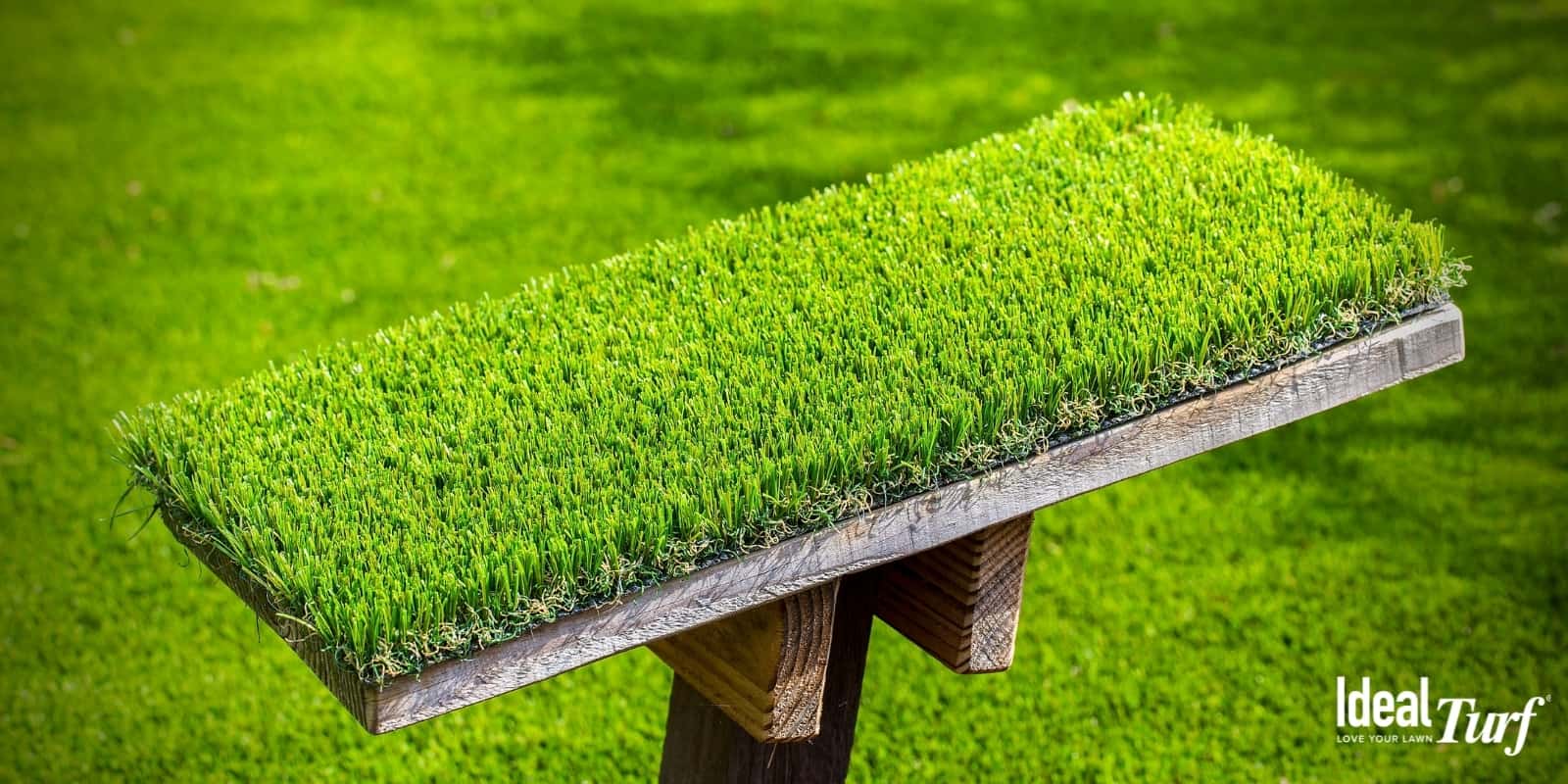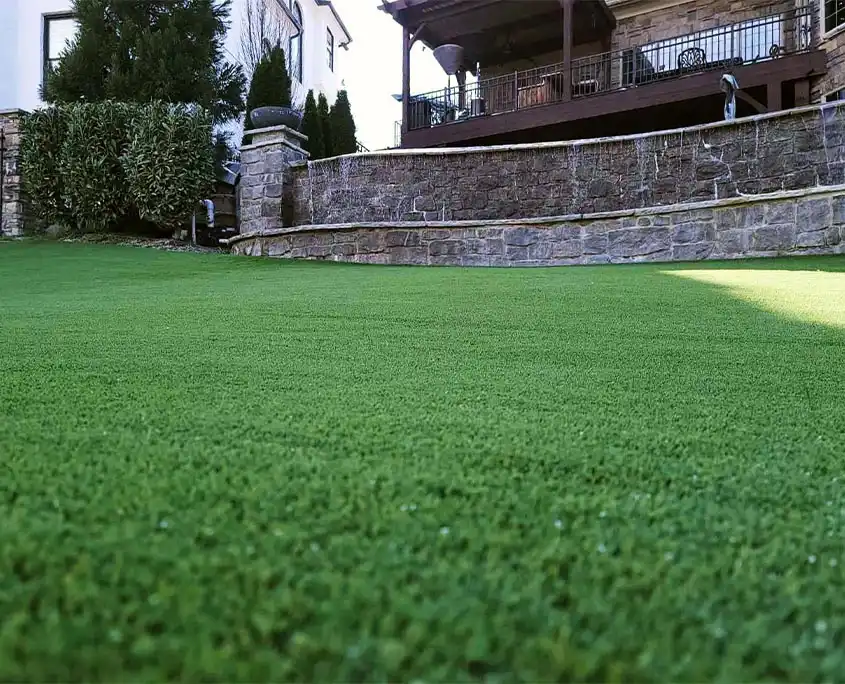Top Phoenix Turf Companies Providing Premium Synthetic Lawn Products
Explore the Environmental Advantages of Opting for Synthetic Grass Solutions
The adoption of man-made lawn services provides an engaging possibility to resolve pushing environmental challenges. By substantially lowering water use and minimizing the application of dangerous chemicals, these choices not only promote sustainable landscaping however likewise secure regional ecosystems.
Water Conservation Advantages
One of the most considerable advantages of artificial lawn is its capability to save water. In comparison, man-made grass does not require watering, dramatically minimizing the overall need for water resources.
By getting rid of the need for normal watering, synthetic grass adds to sustainable landscape techniques and helps alleviate the environmental effect of excessive water usage. The preservation of water expands to the reduction of overflow, which can lead to dirt disintegration and waterway air pollution.
Additionally, the setup of synthetic grass enables districts and house owners to allot water resources a lot more successfully, focusing on vital usages such as alcohol consumption water and agriculture. The shift towards synthetic grass not only advertises accountable water use yet additionally straightens with broader environmental goals targeted at protecting natural deposits.
As neighborhoods progressively prioritize sustainability, the water preservation advantages of synthetic lawn present an engaging case for its fostering in commercial and property landscaping projects.
Decreased Chemical Usage
The transition to synthetic grass substantially lowers the dependence on chemical treatments typically used in natural grass upkeep. Typical lawn monitoring usually involves the application of pesticides, herbicides, and plant foods to advertise growth and control insects. These chemicals can pose threats to human wellness, regional wildlife, and the setting, adding to soil and water contamination.
In contrast, man-made turf gets rid of the need for these unsafe compounds. By minimizing the release of artificial compounds right into the ecosystem, man-made turf advertises healthier dirt and water systems.
In addition, the lack of chemical runoff associated with fabricated lawn setups aids shield regional waterways from contamination, sustaining aquatic life and preserving biodiversity. Turf installation phoenix az. As communities progressively focus on sustainable methods, opting for synthetic grass offers a feasible solution that lines up with environmental conservation goals. With this change, homeowner can appreciate lush environment-friendly spaces without endangering environmental wellness, leading the way for an extra lasting future
Reduced Carbon Impact

In addition, the installation of synthetic grass can lead to considerable water preservation. All-natural grass call for considerable amounts of water for irrigation, which not only contributes to the carbon footprint connected with water extraction and treatment however additionally pressures neighborhood water sources. In comparison, artificial turf needs minimal upkeep, calling for no watering, therefore considerably minimizing water usage and its connected energy costs.
Additionally, the longevity of man-made grass adds to its decreased carbon impact. With a life expectancy of as much as 15 years or more, the need for click this link regular replacements is reduced, causing less waste and reduced power consumption in manufacturing and getting rid of typical turf options. In general, man-made lawn offers a lasting choice for ecologically conscious landscaping.
Environment Conservation
Environment conservation is a critical factor to consider in the discussion over landscape design selections, specifically when contrasting synthetic grass to all-natural turf. Natural lawn lawns often call for considerable upkeep, consisting of the use of plant foods, pesticides, and herbicides, which can adversely influence local ecological communities. These chemicals can seep right into the soil and rivers, hurting native vegetation and fauna and interfering with local environments.
In contrast, synthetic grass provides a possibility to decrease the eco-friendly footprint of landscaping. By deciding for artificial turf, homeowners can lessen the disruption of natural habitats related to typical lawn treatment techniques. Synthetic grass removes the need for dangerous chemicals, thereby safeguarding neighboring wildlife and maintaining the stability of bordering ecological communities. Furthermore, the installment of synthetic grass can result in the conversion of former lawn locations right into even more biodiverse landscapes, such as pollinator yards or native plant areas, which can support regional wild animals.
Inevitably, the shift to synthetic grass not only conserves water and reduces upkeep initiatives important source however also fosters an extra unified relationship between human tasks and the native environment, promoting environment conservation at the same time.
Long-Term Sustainability
Long-term sustainability is an important element in evaluating the benefits of fabricated grass over conventional grass lawns. Among one of the most significant benefits of synthetic grass is its sturdiness; it can last as much as 15-20 years with minimal upkeep, whereas all-natural turf requires constant reseeding and substitute. This longevity reduces the demand for constant sources, such as water, fertilizers, and chemicals, which are vital for maintaining a healthy and balanced grass yard.
Additionally, synthetic grass adds to a reduction in carbon discharges linked with browse around this site lawn treatment equipment. Typical lawns commonly need gas-powered lawn mowers, trimmers, and blowers, every one of which add to air contamination. Arizona turf. On the other hand, artificial turf eliminates the requirement for such equipment, advertising a cleaner environment
In addition, the manufacturing of fabricated lawn progressively makes use of recycled materials, improving its sustainability account. As suppliers adopt green practices, the environmental footprint of synthetic grass remains to decrease.

Verdict
The adoption of fabricated grass solutions offers considerable ecological advantages, consisting of considerable water conservation, lowered reliance on harmful chemicals, and a reduced carbon footprint. In addition, synthetic grass aids in preserving all-natural habitats by lessening land disruption and promoting long-lasting sustainability through using sturdy materials. Jointly, these factors underscore the capacity of synthetic grass to contribute favorably to ecological health and provide a sensible alternative to conventional landscape design practices in a progressively resource-conscious globe.
In contrast, artificial grass does not require watering, significantly decreasing the total demand for water sources. By decreasing the release of synthetic compounds right into the ecosystem, synthetic grass advertises healthier soil and water systems.
In addition, the installation of synthetic lawn can result in substantial water preservation. In contrast, synthetic lawn needs minimal maintenance, needing no watering, consequently considerably minimizing water usage and its connected power expenses.
